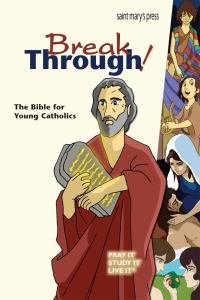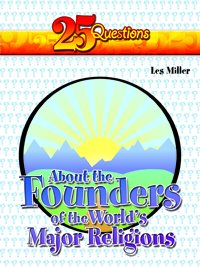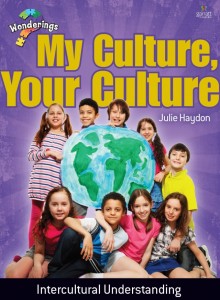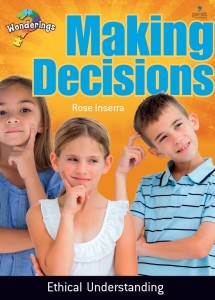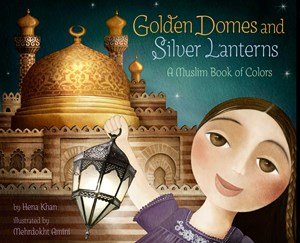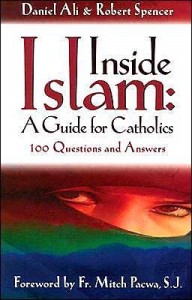- Home
- Issue 10: Care for Our Home
- Issue 9: Eco-Spirituality
- Issue 8: Interfaith Understanding
- Archives
- About us
- Contact
For Primary
Recall Lent, just 2 years ago.
Pope Francis set a dramatic example for us in the first Holy Thursday of his papacy, when he washed the feet of a Muslim girl.
Despite all we hear in the media, what is spoken, or left unspoken, by adults over Summer BBQs, at the dinner table or indeed in front of the TV, Pope Francis demonstrated there was no ‘us and them’, but rather a willingness to share the joy of our faith with all.
‘Fanaticism and fundamentalism, as well as irrational fears which foster misunderstanding and discrimination, need to be countered by the solidarity of all believers’.
-Pope Francis
‘Dialogue’ that can deepen the understanding and appreciation between faiths is crucial.
Prayer
Lord, give me the grace to be tolerant of others, no matter what race, faith or tradition. Help me to see your goodness in everyone I meet today.
Amen.
Suggestions on how to use this prayer
1. Read this prayer for your daily class prayer or write down for individual reflection in your school diary.
2. Choose the theme of interfaith harmony and write a prayer or reflection, poem or lyrics to a favourite tune, or create a collage of images and music.
Religious Literacy & Biblical Literacy
SCRIPTURE LITERACY
All major religions have a holy book or special symbol that explains their faith traditions. The holy book and symbols are housed in a sacred place.
1. Create a table of holy books and symbols for each of these 4 religions and illustrate.
Christian (Bible & church)
Jewish (Torah & synagogue)
Muslim (Koran & mosque)
Buddhist (prayer wheel & temple).
(refer to My Culture, Your Culture, pg 14-17)
2. All these traditions and rituals involve food. Find out about one of these traditions and show why food and festivities are important.
a. Ramadan – Muslim
b. Easter – Christian
c. Yom Kippur – Jewish
d. Buddha’s Birthday – Buddhist
Suggested Classroom Activities
ACTIVITIES
We are all made in the image of God
Jesus said, “Love one another as I have loved you.” He wanted everyone to love one another and to live in harmony. It starts with respecting other people’s traditions and beliefs, despite our differences.
1. In groups, match these beliefs with these different religions or traditions: Jewish; Aboriginal Spirituality; Buddhist; Hindu; Christian; Muslim.
Beliefs:
- We are connected to the land, the animals and the seasons.
- We pray five times a day.
- Our family gets together every Friday night and Saturday for a meal together.
- We don’t hurt any living creature.
- If we do good things for others good things will come to us.
- Treat others as you want to be treated.
2. Create a poster or collage, illustrating all of these beliefs.
(source: Making Decisions, Rose Inserra)
Using the text from the picture book, Golden Domes and Silver Lanterns, use colours to express Christianity and Islam.
Islam:
Red is the colour of the rug we kneel to pray on
Blue is the colour of the hijab my mum wears
God is the colour of the mosque
White is the colour of the kufi my dad wears
Orange is the colour of the henna on my hands
Green is the colour of the Koran, our holy book.
Fill in here for Christianity, e.g.
Red (Pentecost)
Gold (chalice; Christmas star)
White (Christmas nativity scene; Easter)
Green (priest’s vestments; creation; nature; Christmas tree)
Purple (advent)
Brown (chocolate Easter eggs; hot cross buns)
Black (ashes for Ash Wednesday)
Blue (Mother Mary’s dress)
Students may wish to make their own connection to these colours with their cultural traditions, for example, Greek Orthodox have red eggs for Easter.
3. Create a glossary of new words that are age appropriate for students. Some key words:
Synagogue
Mosque
Torah
Shabbat
Koran
Allah
Ramadan
Hijab
Rabbi
Temple
Prayer Wheel
Resources: websites
http://www.interfaithcentre.org.au/
http://www.columban.org.au/thegoldenrule
http://www.bbc.co.uk/religion/religions
http://www.vatican.va/roman_curia/pontifical_councils/interelg/index.html


